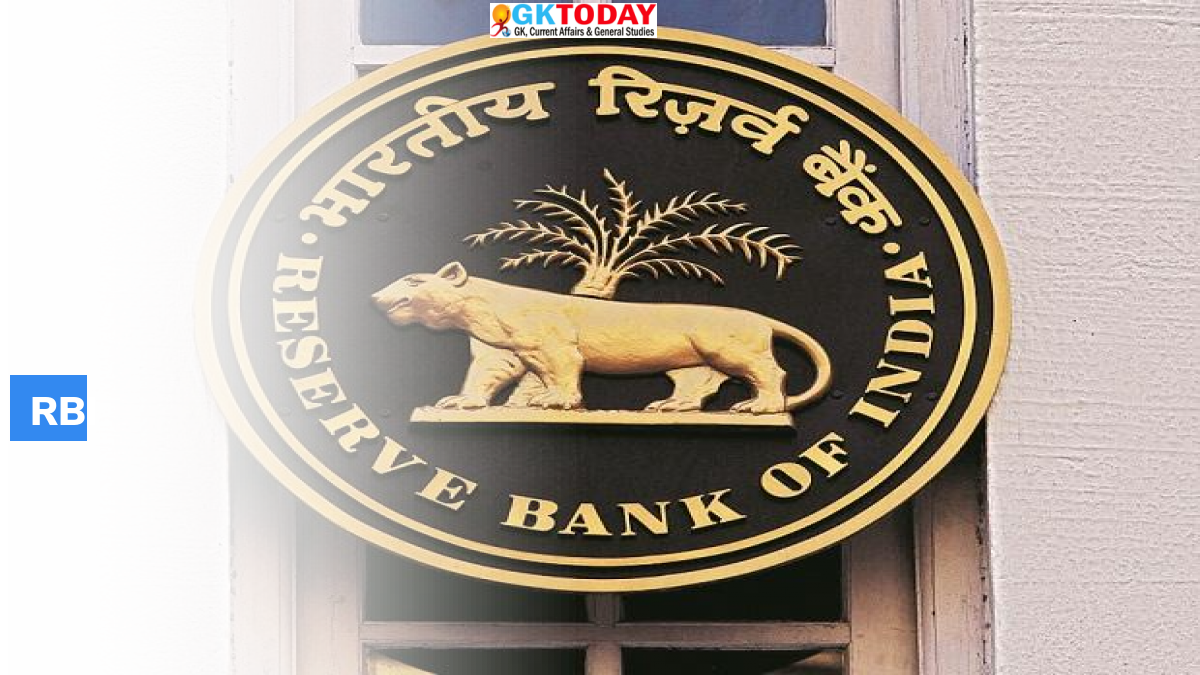RBI to Phase Out Incremental Cash Reserve Ratio (I-CRR)
The Reserve Bank of India (RBI) has announced the phased discontinuation of the Incremental Cash Reserve Ratio (I-CRR), introduced on August 10, 2023. Following a review, the RBI aims to release I-CRR funds gradually to avoid shocks to system liquidity and ensure orderly money market functioning.
The release schedule includes 25% of funds on September 9, another 25% on September 23, and the remaining 50% on October 7, boosting banks’ capacity to meet credit demand during the upcoming festival season. The Cash Reserve Ratio (CRR), unaffected by this decision, remains at 4.5%.
What is the Incremental Cash Reserve Ratio (I-CRR)?
The I-CRR was introduced to absorb excess liquidity in the banking system, primarily caused by factors like the return of Rs 2,000 notes, RBI’s surplus transfer to the government, and increased government spending.
What was the impact of I-CRR on liquidity conditions in the banking system?
Answer: The I-CRR absorbed over Rs 1 lakh crore of excess liquidity from the banking system, temporarily causing liquidity deficits. However, liquidity conditions improved as the RBI absorbed surplus liquidity.
How does the Cash Reserve Ratio (CRR) differ from I-CRR?
The CRR is a mandatory reserve amount that banks must maintain with the RBI, currently set at 4.5%. It serves to ensure the stability of the banking system and cannot be used for lending or investments.
Why did the RBI decide to review and phase out the I-CRR measure?
The RBI reviewed I-CRR due to evolving liquidity conditions and the need to return impounded funds to the banking system ahead of the festival season while maintaining liquidity stability.
How does the phased release of I-CRR funds impact banks and their ability to meet credit demand?
The phased release of I-CRR funds provides banks with sufficient liquidity to meet higher credit demand during the upcoming festival season, supporting economic activities and lending operations.
Month: Current Affairs - September, 2023
Category: Economy & Banking Current Affairs


